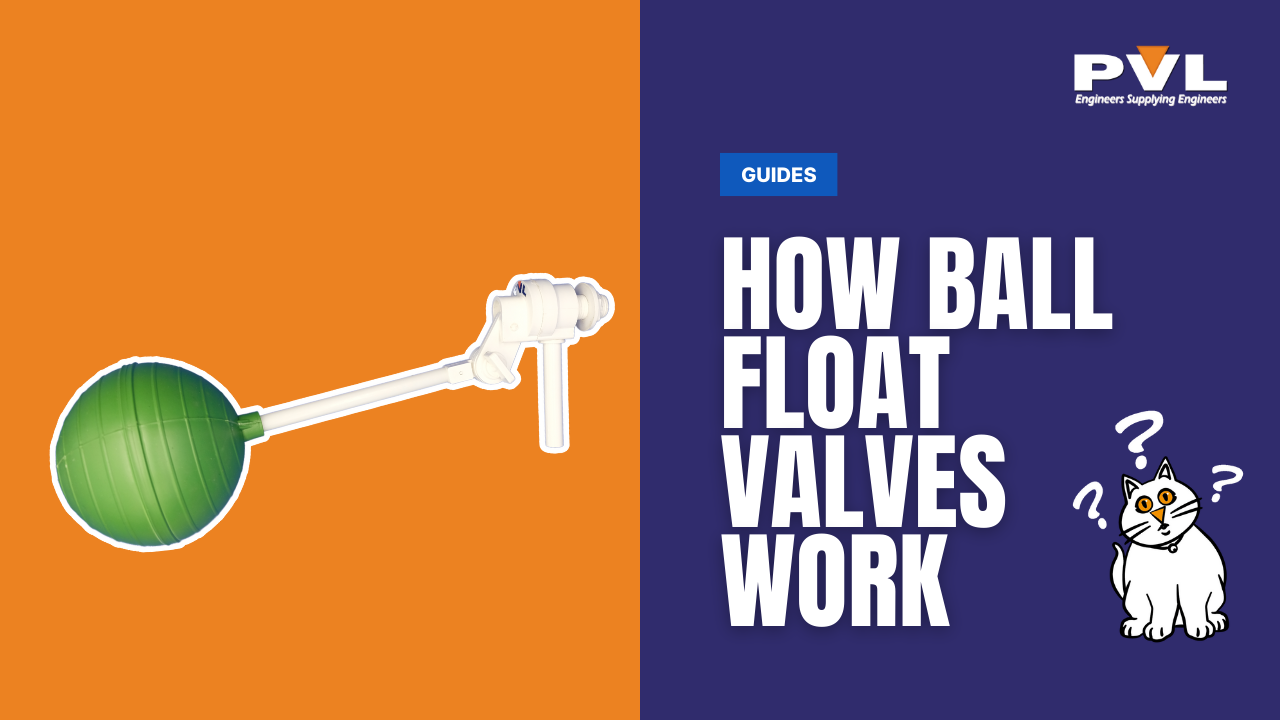
How Ball Float Valves Work and Why They Matter
A ball float valve is an essential component in fluid control systems. It's a simple yet effective device that has been used for decades across various industries, including plumbing, agriculture, and industrial applications.
What is a Ball Float Valve?
A ball float valve is a mechanical device designed to control the flow of liquids in a system. It consists of a hollow, buoyant ball attached to a lever arm. As the liquid level rises or falls, the ball floats accordingly, triggering the lever to open or close the valve. This simple yet effective mechanism is widely used in applications where maintaining a specific liquid level is crucial.
The primary function of a ball float valve is to prevent overflows and ensure that the liquid level remains within a designated range. When the liquid level drops, the ball falls with it, opening the valve and allowing more liquid to flow into the tank or reservoir. Conversely, the ball floats when the liquid level rises, causing the valve to close and stop the flow. This automatic control mechanism makes ball float valves highly reliable in various settings.
Benefits of Using Ball Float Valves
One of the primary advantages of ball float valves is their simplicity. Unlike more complex systems that require electronic controls or sensors, ball float valves operate purely on mechanical principles. This makes them highly reliable, as fewer components can fail or require maintenance. Additionally, their simplicity translates to lower costs, both in terms of initial purchase and long-term operation.
Another key benefit is the precision with which ball float valves can maintain liquid levels. By adjusting the size of the float or the length of the lever arm, users can fine-tune the valve's response to changes in liquid levels. This level of control is crucial in applications where maintaining a consistent liquid level is vital, such as in water storage tanks, fuel systems, and industrial processes.
Common Applications of Ball Float Valves
Thanks to their versatility and reliability, ball float valves are found in a wide range of applications. In residential plumbing, they are commonly used in toilet tanks to control the water level. When the tank is flushed, the water level drops, causing the float to lower and open the valve. As the tank refills, the float rises and eventually shuts off the water flow, ensuring the tank is ready for the next use.
In industrial settings, ball float valves are often used in storage tanks, where they regulate the flow of liquids such as water, oil, or chemicals. They are also utilised in irrigation systems to maintain consistent water levels in reservoirs or ponds, ensuring that crops receive the necessary water supply without the risk of overflow or depletion.
How to Install a Ball Float Valve
Installing a ball float valve is a relatively straightforward process, but it requires careful attention to detail to ensure proper operation. The first step is to determine the appropriate size and type of valve for your specific application. This will depend on factors such as the liquid being controlled, the desired flow rate, and the size of the tank or reservoir.
Once the correct valve has been selected, the next step is to mount it securely in the desired location. This typically involves attaching the valve to the inlet pipe or fitting it into a pre-existing opening in the tank. It is crucial to ensure that the valve is positioned at the correct height, so the float can accurately detect changes in liquid levels. After securing the valve, the float and lever arm should be adjusted to ensure smooth operation.
Maintenance and Troubleshooting
While ball float valves are generally low-maintenance, they do require periodic checks to ensure they continue to function correctly. Regular inspections should include checking for any signs of wear or damage to the float, lever arm, and valve mechanism. Over time, debris or mineral deposits can accumulate on the valve, potentially impeding its operation. Cleaning the valve and float regularly can help prevent these issues.
If a ball float valve is not functioning properly, the first step in troubleshooting is to check the float. Ensure that it is not punctured or waterlogged, as this can prevent it from floating correctly. Additionally, inspect the lever arm for any bends or obstructions that could interfere with its movement. In some cases, simply adjusting the float or lever arm may resolve the issue. If the problem persists, replacing the valve may be necessary.
Choosing the Right Ball Float Valve
Selecting the right ball float valve for your needs involves considering several factors. First, determine the type of liquid the valve will control, as this will influence the choice of materials. For example, valves used in corrosive environments may require stainless steel or other resistant materials like polypropylene. Next, consider the size and flow rate requirements of your system, as these will dictate the appropriate valve size.
It's also important to consider the operating conditions, such as temperature and pressure, as these can affect the valve's performance. By consulting with our technical sales team here at PVL, we can help you select the most suitable valve for your application.


